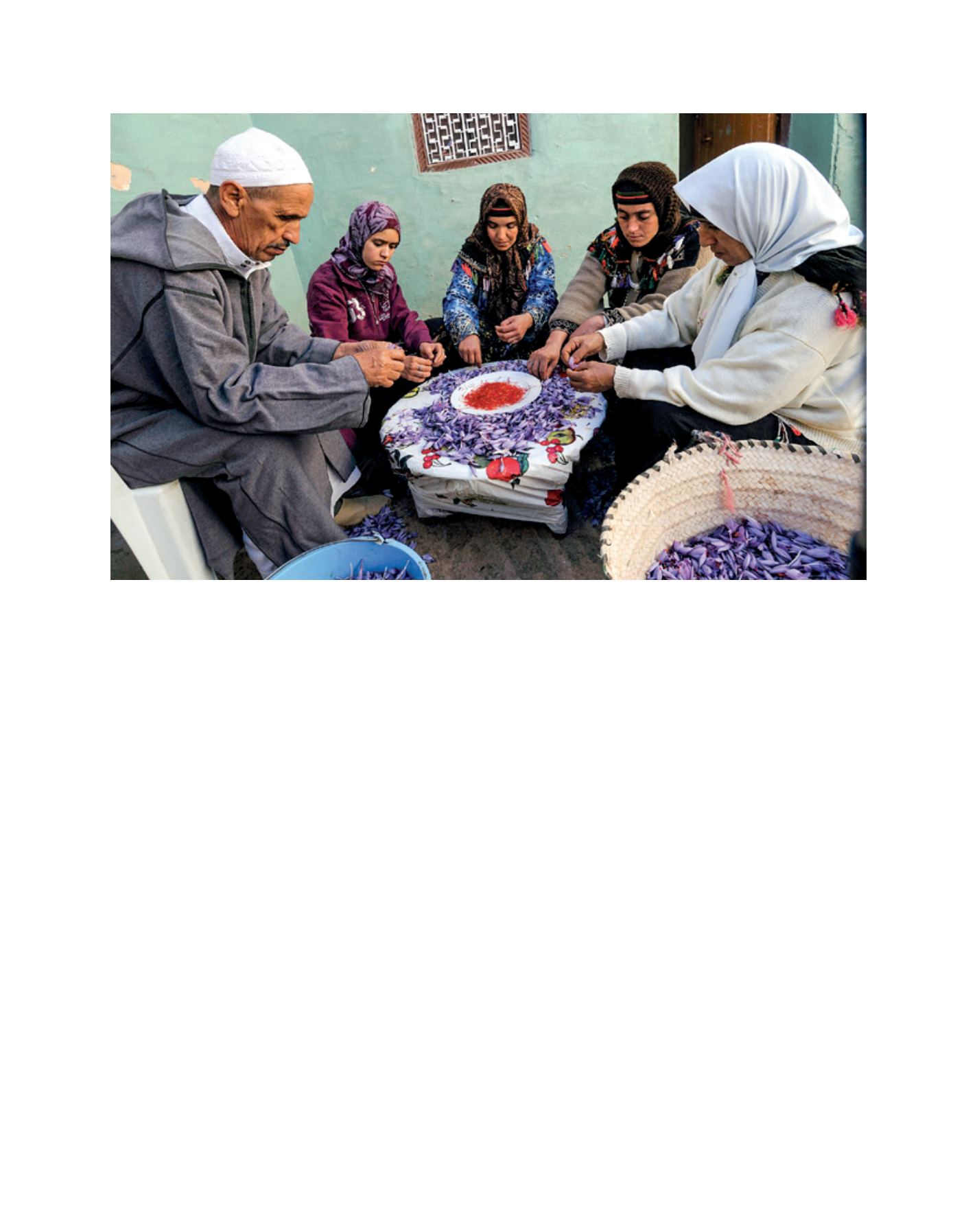

[
] 84
knowledge wherever it comes from and does not expect to
apply the same model to every situation.
Direct marketing: the economic complement
What is the economic counterpart to family farming?
The local market. Here we are not just speaking about a
short chain. The short chain issue is somewhat mislead-
ing because, once more, it focuses on the quantity of steps
occurring between the producer and the consumer, and the
amount of time that passes between production and sale –
but it ignores many other values and functions. Mozzarellas
from South Italy which are ordered via the internet and are
in a New York restaurant within 24 hours are an example of
a short chain, but a producer market is a lot more than this.
Let us again consider two basic factors, time and space. A
farmers’ market invests in time (of purchasers, sellers and people
interacting) instead of aiming to save it (the main concern of the
large-scale retail business); it looks after space, instead of trying
to take up as much as possible. A farmers’ market actually does
not need much physical space, but is a service to its surround-
ings: the urban area, which receives economic and other benefits
when it is revitalized, and rural areas, which gain a higher profile
from the market together with an economic boost.
Space is regarded as a place, not just a geometrical surface
area. For this reason it is important that markets are set up
in towns and not in hypermarkets, as often happens, for
example in the US or UK where large chains are keen to
welcome farmers’ markets, reckoning on increased sales for
products the markets do not sell.
The evolution of consumer desires and preferences has
recently led to new behaviour. This has mainly involved
seeking reasonable prices, but also nutritional quality and
food safety, together with an effort to enrich the purchas-
ing experience through finding out more about the places
and methods of production. This ends up by modifying
traditional ideas and approaches to marketing. Farmers
are interested in accessing the market. They are willing
to change and, where necessary, improve their production
and communication methods so they can meet consumer
requirements. The opportunities provided by farmers’
markets for education, tasting, presenting and selling food,
facilitate a direct relationship and help to create value in
the production cycle.
When farmers attend a market, they bring new energy
and professional skills to postproduction activities. They
are keen to guarantee the quality and diversity of their
produce compared to the range offered by conventional
retailers, and in the process they often manage to keep final
selling prices in check.
Consumers also have an interest in attending farmers’
markets since the opportunity to interact with producers
and purchase products with an identity bring important
benefits. A local product becomes a way of discovering the
traditions and culture of a particular geographical area and
the purchasing process involves different values from the
simple convenience of a supermarket – which displays
products with their prices on shelves – by highlighting
objective attributes (quality, biodiversity, health bene-
Image: Oliver Migliore
Local products enable buyers to discover the traditions and culture of a particular geographical area
D
eep
R
oots
















